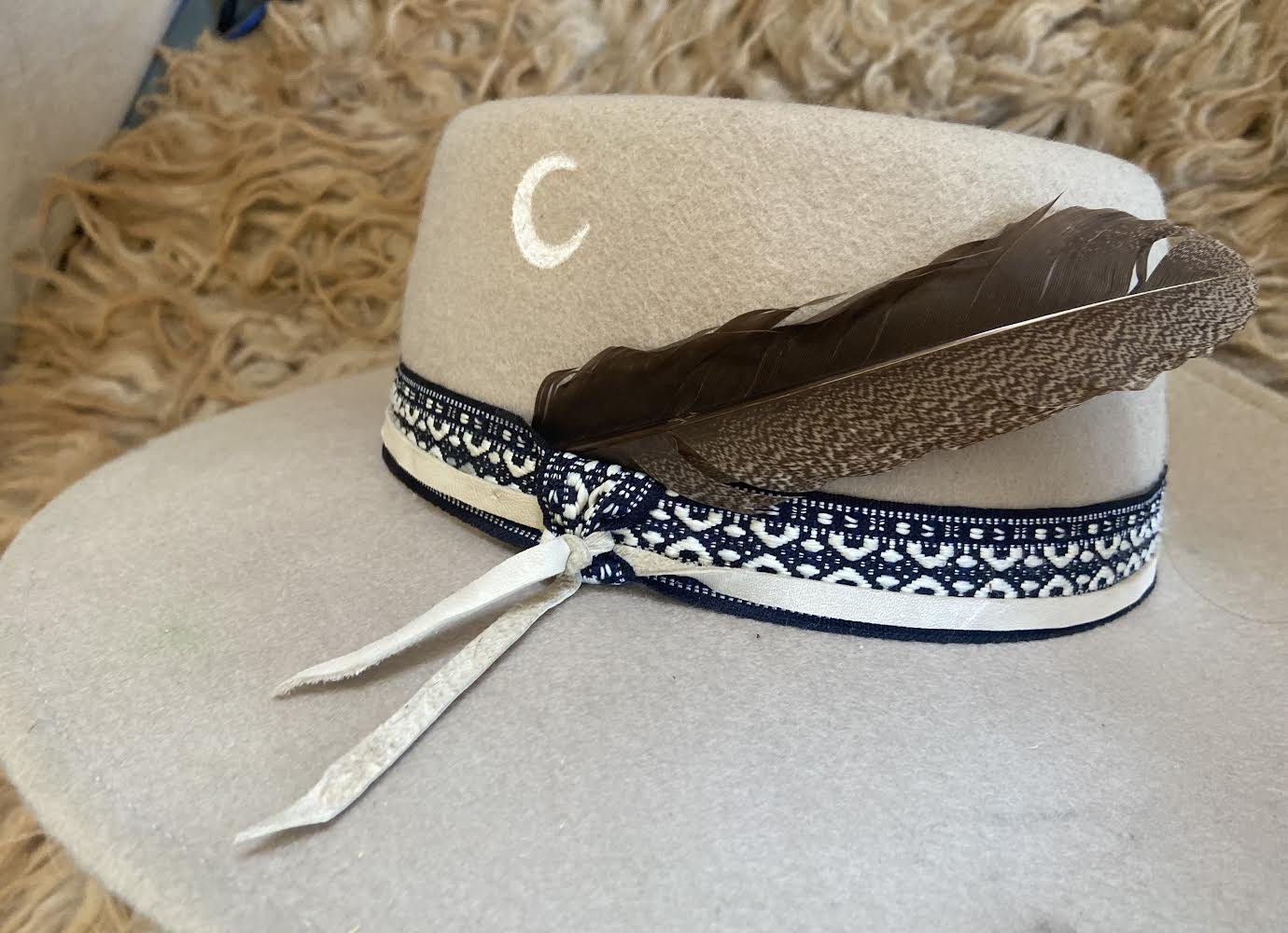 Image 1 of 7
Image 1 of 7

 Image 2 of 7
Image 2 of 7

 Image 3 of 7
Image 3 of 7

 Image 4 of 7
Image 4 of 7

 Image 5 of 7
Image 5 of 7

 Image 6 of 7
Image 6 of 7

 Image 7 of 7
Image 7 of 7








Grandfather Peyote and Osteospermum Daisy
Originally a custom, this very cosmic plant combination is now available at a discount. Grandfather Peyote has been a sacrament and sacred symbol in the Native American Church for at least 5,700 years (according to archaeology), but likely even longer. It is an ancient medicinal plant that has a rich cultural history and embodies the creator, nodding to the human need to accept our existence as part of a vast mystery, unravelling and being woven anew all at once.
One origin legend goes something like this, told amongst the Wixárika (Huichol) people of Mexico:
The people made pilgrimage to the Peyote Desert in San Luis Potosí, led by the Earth Goddess, Utüanaka, as she manifested the path to Wirikuta through the designs she wove on her loom. She, and two other goddesses, Yuawime and Wiri’uwi, traveled far from their Sierra homelands to the desert. Upon arriving, Yuawime stayed behind while Wiri’uwi accompanied the Earth Goddess into Wirikuta where they encountered peyote. They ingested this little grey-green cactus and learned of its psychoactive powers. The Earth Goddess traveled back to her Sierra homelands to share this remarkable cactus with her community. Wiri’uwi remained in Wirikuta and became the “Mother of Peyote.” Thus began the Wixárika peyote traditions; every year Wixáritari (plural) make the pilgrimage to Wirikuta to relive their history, leave offerings, commune with the gods and goddesses, and harvest peyote to share with their communities back home.
Originally a custom, this very cosmic plant combination is now available at a discount. Grandfather Peyote has been a sacrament and sacred symbol in the Native American Church for at least 5,700 years (according to archaeology), but likely even longer. It is an ancient medicinal plant that has a rich cultural history and embodies the creator, nodding to the human need to accept our existence as part of a vast mystery, unravelling and being woven anew all at once.
One origin legend goes something like this, told amongst the Wixárika (Huichol) people of Mexico:
The people made pilgrimage to the Peyote Desert in San Luis Potosí, led by the Earth Goddess, Utüanaka, as she manifested the path to Wirikuta through the designs she wove on her loom. She, and two other goddesses, Yuawime and Wiri’uwi, traveled far from their Sierra homelands to the desert. Upon arriving, Yuawime stayed behind while Wiri’uwi accompanied the Earth Goddess into Wirikuta where they encountered peyote. They ingested this little grey-green cactus and learned of its psychoactive powers. The Earth Goddess traveled back to her Sierra homelands to share this remarkable cactus with her community. Wiri’uwi remained in Wirikuta and became the “Mother of Peyote.” Thus began the Wixárika peyote traditions; every year Wixáritari (plural) make the pilgrimage to Wirikuta to relive their history, leave offerings, commune with the gods and goddesses, and harvest peyote to share with their communities back home.